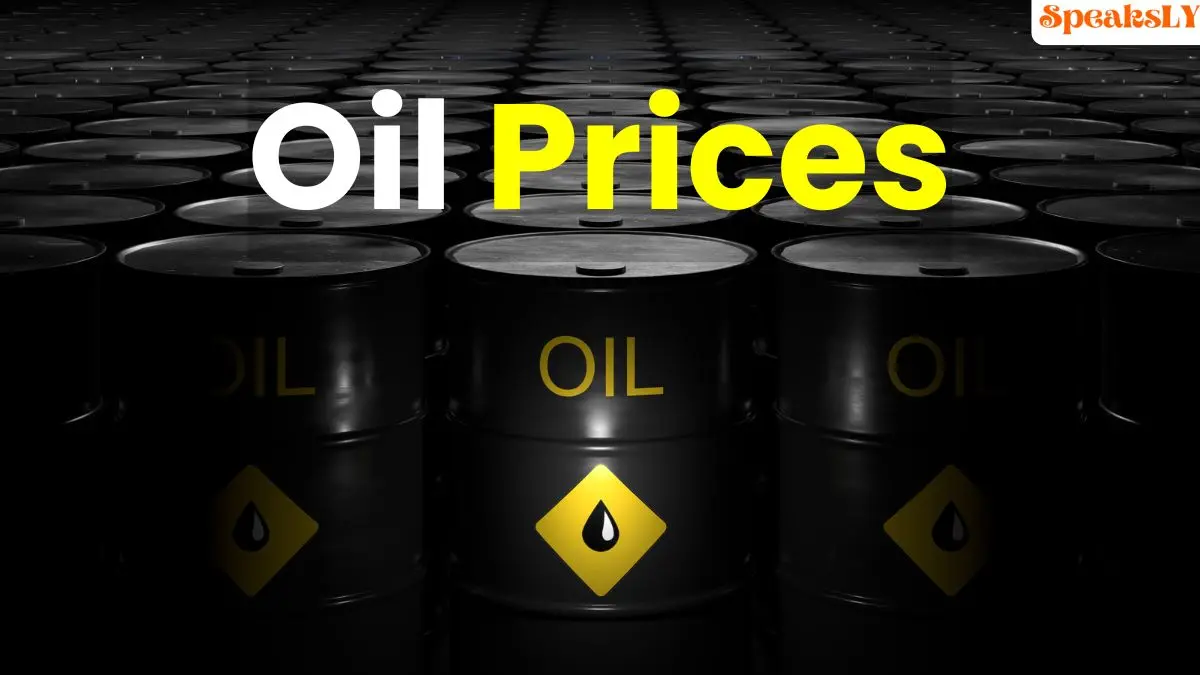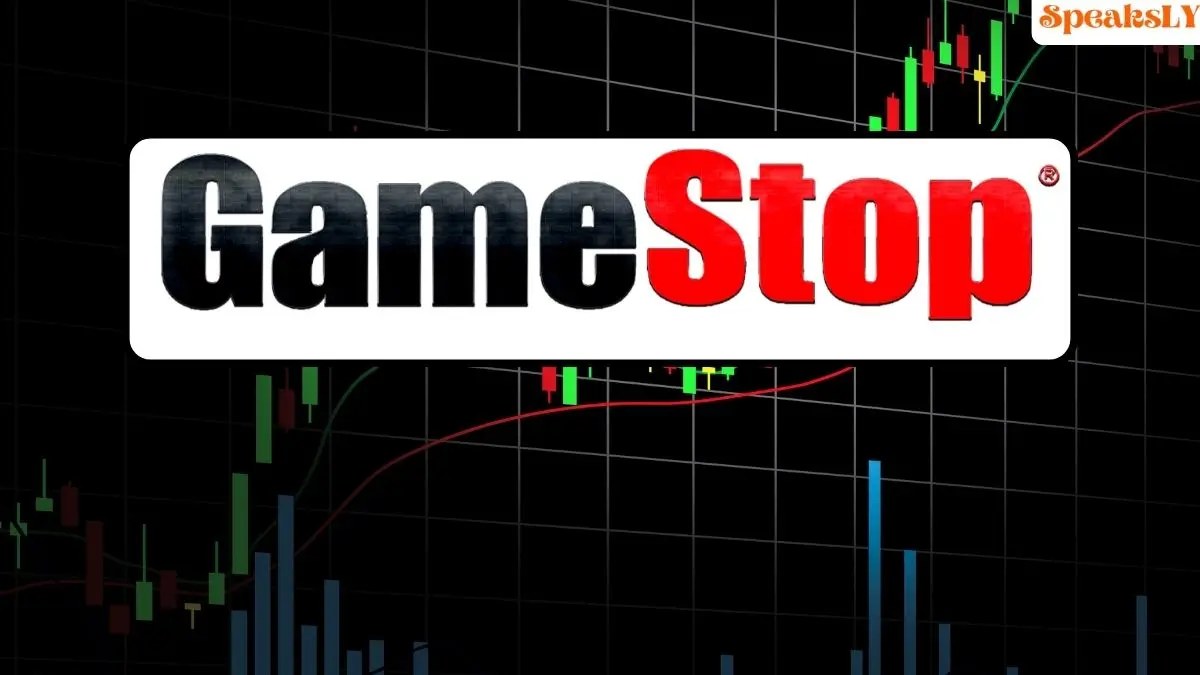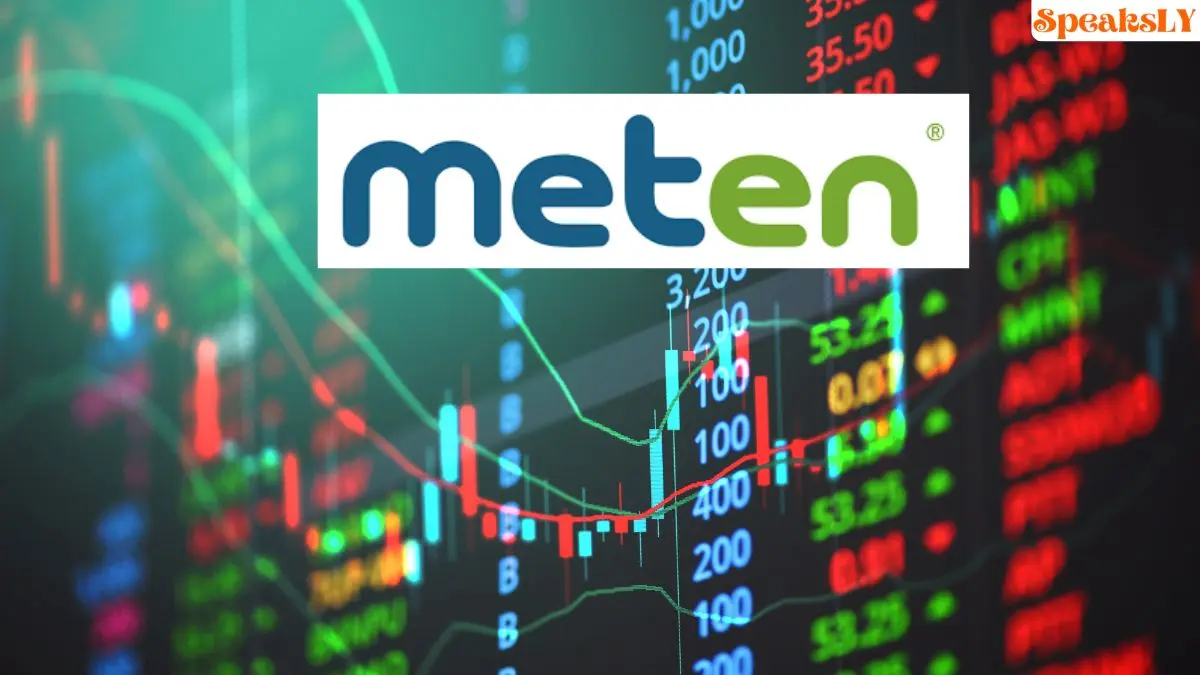Oil Price Today: Oil prices took a sharp downturn this week, plummeting more than 6% as markets reacted to Israel’s recent military actions against Iran, which did not impact oil facilities. Brent crude futures dropped by 6.13%, settling at $71.39 per barrel, while U.S. West Texas Intermediate (WTI) futures fell 6.35% to $67.22 per barrel as fears of significant supply disruptions eased.
The decline followed a weekend attack by Israel targeting Iranian military installations in response to Iran’s ballistic missile strikes against Israel on October 1. Reports from Iranian media indicated that the Israeli strikes caused limited damage, avoiding oil and nuclear infrastructure, leading analysts at Citi to revise their Brent price forecast down to $70 per barrel for the next three months.
This latest geopolitical tension had previously driven oil prices higher, but the limited scope of Israel’s military response has calmed market fears. Andy Lipow, president of Lipow Oil Associates, noted that the deliberate avoidance of Iranian energy facilities has shifted market focus back to oversupply conditions, stating, “It may be difficult to see Brent crude oil prices reaching $80 in the foreseeable future.”
In the aftermath of the Israeli strikes, Iran’s Supreme Leader, Ayatollah Ali Khamenei, indicated that Iran would not engage in direct retaliation, further contributing to market stabilization. The lack of an immediate threat to oil supply allowed the geopolitical risk premium to dissipate, with market attention now turning to the broader oil supply landscape.
Despite the current market relief, analysts remain cautious about the future, with ongoing concerns regarding regional instability. Experts like Vivek Dhar from the Commonwealth Bank of Australia express doubts about an enduring ceasefire between Israel and Iran’s proxies, Hamas and Hezbollah. As the global oil market continues to navigate the complexities of geopolitical events, the spotlight remains on supply-demand dynamics and production levels, especially in the context of upcoming U.S. elections and economic factors influencing global demand.






